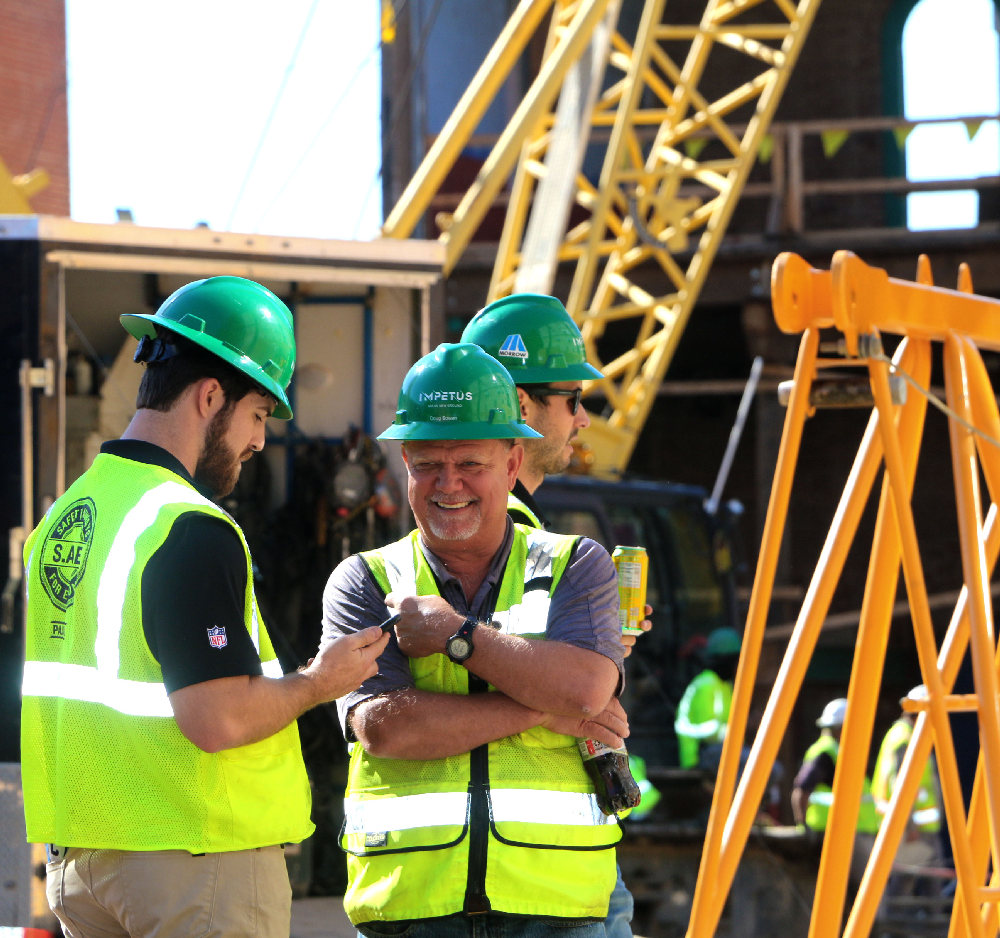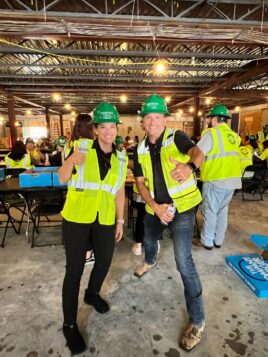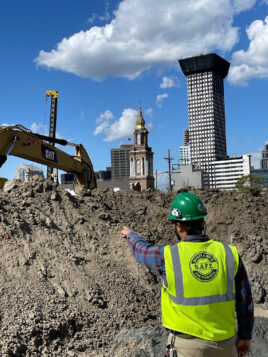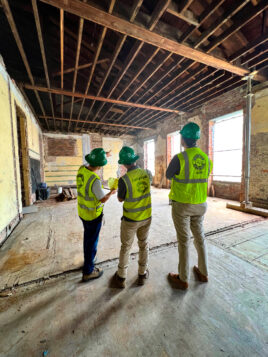
By Lloyd Schoen
Builders and architects rely on each other’s expertise to translate design concepts into completed spaces that serve the needs of their owners and occupants. Yet, despite the built-in synergies between design teams and construction teams, the relationship isn’t always a cohesive or collaborative one. Too often, it can deteriorate into an adversarial partnership that’s focused more on protecting each team’s self-interests than on meeting the client’s goals.
In this scenario, no one wins.
As a superintendent with more than a decade of field experience, I’ve learned practical lessons about the importance of building strong alliances with architects and designers.
Early in my career, I was mentored by a field leader who emphasized the importance of “knowing your drawings” better than anybody else onsite. It’s a mindset that continues to guide my approach to my work.
When I begin a new job, my initial goal is to understand the first three months of that project like the back of my hand. I want to be able to identify potential clashes or issues that I can bring to the architect’s attention. What’s more, I want to offer up potential solutions so that the architect knows I’ve got their best interest in mind from the field.
Throughout each phase of construction, I strive to serve as a valuable resource in bringing the architect’s design vision to life. Ultimately, I want the architect to know the project is in capable hands with me and the entire field team.
Here are four practical reasons why developing close relationships with architects will serve you well.
1. It drives project success
When you think about it, the relationship between an architect (the person who designed the project) and a superintendent (the person who runs the day-to-day operations on a jobsite) is a foundational partnership that models the project culture that will be shared by the entire team. In other words, a relationship built on mutual trust, respect and accountability will influence the mindset and behavior of all project stakeholders, including craft workers, trade partners, consultants, vendors and other contributors.
By establishing a positive relationship with an architect early in the construction process, it lays the foundation for an ongoing dialogue that will serve both of us well as the project progresses. If I have a question or need clarification on something, I can quickly reach out — and vice versa — to discuss and resolve the issue.
Whenever an architect visits my jobsite, I treat them like a VIP guest by making sure the project is neat and organized. I also develop a list of questions or issues that I want to bring to their attention while they’re onsite. They always appreciate the personalized attention.
2. It keeps all teams up to speed
The widespread use of advanced technology tools enables superintendents to easily share ongoing construction details with architects, even if they’re based in a different city or too busy to schedule frequent jobsite visits.
Using mobile devices and specialized software, we can bring architects into spaces with us and share real-time updates of construction progress, installation details and potential issues. If we identify a problem, we can jointly develop a coordinated resolution to the issue and follow up with a confirming ASI or RFI so work can proceed as quickly as possible.
3. It helps solve the inevitable project challenges
As a project unfolds, the construction team will inevitably encounter unexpected issues and complications that requires design intervention. Having a strong relationship is invaluable when it comes time for assessing and addressing these issues, recommending potential solutions and expediting the final solution.
4. It benefits all of us in the end
While conflicts and disputes can happen on any construction project, they don’t have to be inevitable.
What I’ve learned over the years is that having a good relationship with an architect is beneficial to both of us. And it ultimately benefits the owner, as well, because it sets up the entire project for success.
By working closely together throughout a project, architects and superintendents can learn from each other, inspire each other, hold each other accountable and jointly celebrate our successes.
Photos courtesy of Impetus
Lloyd Schoen is construction superintendent at Impetus, a general contractor based in New Orleans that serves clients throughout the Southeast.





 Join our thriving community of 70,000+ superintendents and trade professionals on LinkedIn!
Join our thriving community of 70,000+ superintendents and trade professionals on LinkedIn! Search our job board for your next opportunity, or post an opening within your company.
Search our job board for your next opportunity, or post an opening within your company. Subscribe to our monthly
Construction Superintendent eNewsletter and stay current.
Subscribe to our monthly
Construction Superintendent eNewsletter and stay current.